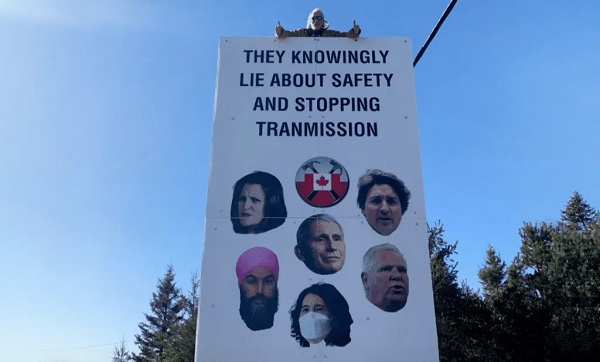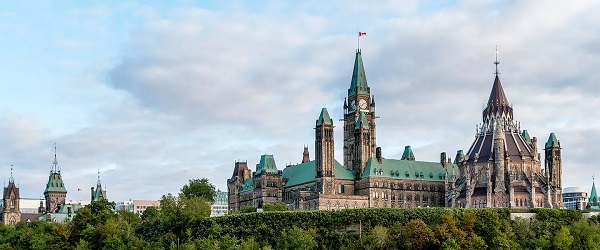Energy
Trump Has A Plan To Fix The Electricity Grid — Increase Supply

 From the Daily Caller News Foundation
From the Daily Caller News Foundation
By Bonner Cohen
Trump vowed in a second term to issue a “national emergency declaration to achieve a massive increase in domestic energy supply.”
Citing the need for more electricity to continue growing the artificial intelligence (AI) sector and keep the U.S. tech industry ahead of China, former President Donald Trump on Sept. 5 vowed in a second term to issue a “national emergency declaration to achieve a massive increase in domestic energy supply.”
But standing in the way of ramped up domestic energy production is a federal permitting process notorious for its foot-dragging. Some in Congress acknowledge the problem, but their latest effort to rectify the situation risks being overtaken by surging energy demand and troubling geopolitical realities.
Hoping to unravel the reams of red tape that have tied up transportation, energy, and mining projects for years, and in some cases killed them altogether, Sen. Joe Manchin (I-W.Va.) and Sen. John Barasso (R-Wyo.) want their colleagues to approve their “Energy Permitting Reform Act of 2024.” Centralizing decision-making on power transmission nationwide is the centerpiece of their legislation. Accordingly, it would bolster the Federal Energy Regulatory Commission’s (FERC) authority to approve interstate transmission lines and require interregional transmission planning.
In a bid to satisfy as many conflicting interests as possible, the bill establishes deadlines for filing lawsuits over energy and mining projects, and sets requirements for onshore and offshore oil, gas, coal and renewable energy leasing and permitting. It also includes provisions on hard-rock mining and sets a 90-day deadline for the secretary of Energy to grant or deny liquified natural gas (LNG) export applications, according to a summary of the legislation.
The bill is generally supported by such groups as the American Clean Power Association, the Solar Energy Industries Association, the American Council on Renewable Energy, Advanced Energy United, and Americans for a Clean Energy Grid, UtilityDive reported.
Many of the wind, solar and transmission-line projects favored by these groups have encountered the same permitting and litigation delays that have bedeviled fossil-fuel producers. On the other hand, the Sierra Club opposes the measure, finding it insufficiently hostile to fossil fuels and saying it “would open up federal lands and waters to more leasing and drilling and unnecessarily rush reviews of natural gas export projects…”
Aside from all the problems inherent in vesting so much authority in one federal bureaucracy, FERC, to handle the nation’s power transmission challenges, such conventional approaches are no match for the transformative developments already roiling America’s electricity supply. While politicians, along with some less-than-savvy investors, have been content to pour wads of public and private cash into the green energy transition, artificial intelligence (AI) is rapidly upending the world elites thought they knew.
Energy-hungry data centers — there are currently over 2,700 in the United States with hundreds more planned — need electricity 24/7/365 if they are to meet the extraordinary demands of AI. The amount of electricity AI-driven data centers require cannot be produced by intermittent solar and wind power transmitted hundreds if not thousands of miles from the sunny Southwest or the gusty plains of the Upper Midwest. Big Tech’s demands on an already shaky grid far outstrip anything politically fashionable solar panels and wind turbines can ever deliver. To their chagrin, the Big Four data center developers — Amazon Web Services, Google, Microsoft and Beta — now find themselves increasingly dependent on the very fossil fuels and — where available — nuclear power they have been so quick to dismiss over the years.
But given the choice of meeting their lofty Net-Zero carbon emissions goals or cashing in on AI’s financial promise, Big Tech will choose the second option. And the stakes go well beyond the companies’ respective bottom lines. Data centers are essential to AI, and AI is essential to national security. If the U.S. is not the global leader in AI, China (along with its junior partner, Russia) will be.
“AI can be the foundation of a new industrial base it would be wise for our country to embrace,” Sam Altman, co-founder and CEO of OpenAI, recently wrote in the Washington Post.
Ceding the United States’ current lead in AI to China would be a blow from which America’s industrial base, and thus its military preparedness, would be hard pressed to recover. Data centers, powered by a steady flow of reliable energy, are now key assets in the perilous world of 21st century geopolitics.
As neighbors in the communities in which they are located, data centers are a mixed blessing. They generate enormous revenues to local governments but can be seen by nearby residents as disruptive to their community. The non-descript but noisy buildings comprising data centers house thousands of computer servers processing the data that make the internet, cloud computing and AI possible. They not only require gobs of power but also plenty of water used to lower temperatures.
Together with government-driven efforts to put more EVs on the road, data centers further complicate the challenges facing the already stressed electric grid. These developments are beyond the reach of the horse-trading that goes into Capitol Hill legislation. What is clear, however, is that the vaunted green-energy transformation will never be equal to the task before us.
Bonner Russell Cohen, Ph. D., is a senior policy analyst with the Committee for a Constructive Tomorrow (CFACT).
Alberta
Pierre Poilievre – Per Capita, Hardisty, Alberta Is the Most Important Little Town In Canada
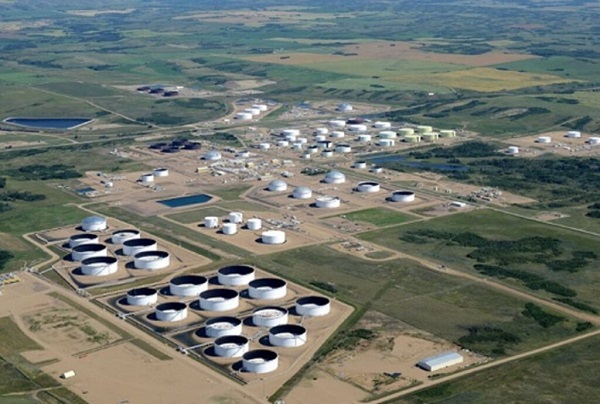
From Pierre Poilievre
Energy
If Canada Wants to be the World’s Energy Partner, We Need to Act Like It

Photo by David Bloom / Postmedia file
From Energy Now
By Gary Mar
With the Trans Mountain Expansion online, we have new access to Pacific markets and Asia has responded, with China now a top buyer of Canadian crude.
The world is short on reliable energy and long on instability. Tankers edge through choke points like the Strait of Hormuz. Wars threaten pipelines and power grids. Markets flinch with every headline. As authoritarian regimes rattle sabres and weaponize supply chains, the global appetite for energy from stable, democratic, responsible producers has never been greater.
Canada checks every box: vast reserves, rigorous environmental standards, rule of law and a commitment to Indigenous partnership. We should be leading the race, but instead we’ve effectively tied our own shoelaces together.
In 2024, Canada set new records for oil production and exports. Alberta alone pumped nearly 1.5 billion barrels, a 4.5 per cent increase over 2023. With the Trans Mountain Expansion (TMX) online, we have new access to Pacific markets and Asia has responded, with China now a top buyer of Canadian crude.
The bad news is that we’re limiting where energy can leave the country. Bill C-48, the so-called tanker ban, prohibits tankers carrying over 12,500 tons of crude oil from stopping or unloading crude at ports or marine installations along B.C.’s northern coast. That includes Kitimat and Prince Rupert, two ports with strategic access to Indo-Pacific markets. Yes, we must do all we can to mitigate risks to Canada’s coastlines, but this should be balanced against a need to reduce our reliance on trade with the U.S. and increase our access to global markets.
Add to that the Impact Assessment Act (IAA) which was designed in part to shorten approval times and add certainty about how long the process would take. It has not had that effect and it’s scaring off investment. Business confidence in Canada has dropped to pandemic-era lows, due in part to unpredictable rules.
At a time when Canada is facing a modest recession and needs to attract private capital, we’ve made building trade infrastructure feel like trying to drive a snowplow through molasses.
What’s needed isn’t revolutionary, just practical. A start would be to maximize the amount of crude transported through the Trans Mountain Expansion pipeline, which ran at 77 per cent capacity in 2024. Under-utilization is attributed to a variety of factors, one of which is higher tolls being charged to producers.
Canada also needs to overhaul the IAA and create a review system that’s fast, clear and focused on accountability, not red tape. Investors need to know where the goalposts are. And, while we are making recommendations, strategic ports like Prince Rupert should be able to participate in global energy trade under the same high safety standards used elsewhere in Canada.
Canada needs a national approach to energy exporting. A 10-year projects and partnerships plan would give governments, Indigenous nations and industry a common direction. This could be coupled with the development of a category of “strategic export infrastructure” to prioritize trade-enabling projects and move them through approvals faster.
Of course, none of this can take place without bringing Indigenous partners into the planning process. A dedicated federal mechanism should be put in place to streamline and strengthen Indigenous consultation for major trade infrastructure, ensuring the process is both faster and fairer and that Indigenous equity options are built in from the start.
None of this is about blocking the energy transition. It’s about bridging it. Until we invent, build and scale the clean technologies of tomorrow, responsibly produced oil and gas will remain part of the mix. The only question is who will supply it.
Canada is the most stable of the world’s top oil producers, but we are a puzzle to the rest of the world, which doesn’t understand why we can’t get more of our oil and natural gas to market. In recent years, Norway and the U.S. have increased crude oil production. Notably, the U.S. also increased its natural gas exports through the construction of new LNG export terminals, which have helped supply European allies seeking to reduce their reliance on Russian natural gas.
Canada could be the bridge between demand and security, but if we want to be the world’s go-to energy partner, we need to act like it. That means building faster, regulating smarter and treating trade infrastructure like the strategic asset it is.
The world is watching. The opportunity is now. Let’s not waste it.
Gary Mar is president and CEO of the Canada West Foundation
-
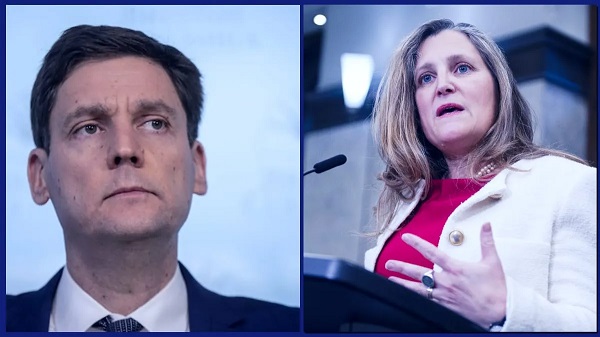
 Business1 day ago
Business1 day agoOttawa Funded the China Ferry Deal—Then Pretended to Oppose It
-

 COVID-192 days ago
COVID-192 days agoNew Peer-Reviewed Study Affirms COVID Vaccines Reduce Fertility
-

 MAiD2 days ago
MAiD2 days agoCanada’s euthanasia regime is not health care, but a death machine for the unwanted
-
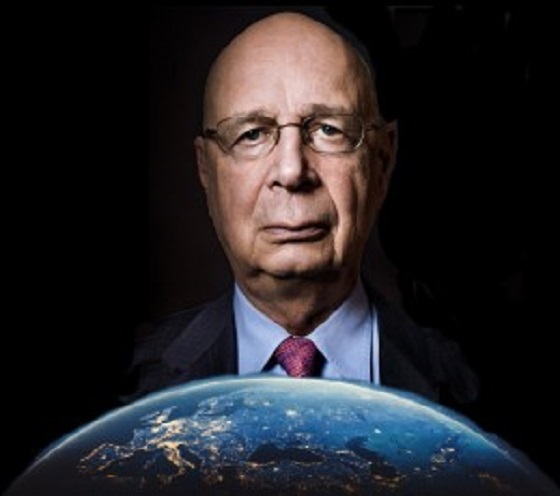
 Business1 day ago
Business1 day agoWorld Economic Forum Aims to Repair Relations with Schwab
-

 Alberta2 days ago
Alberta2 days agoThe permanent CO2 storage site at the end of the Alberta Carbon Trunk Line is just getting started
-
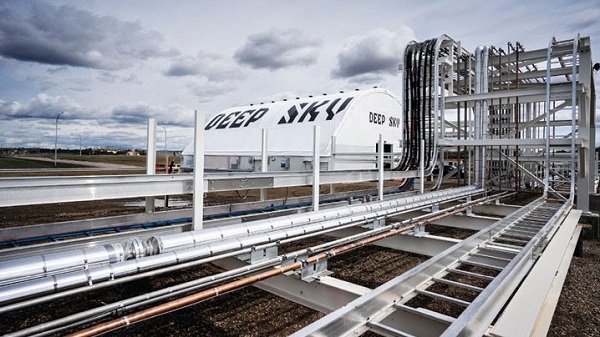
 Alberta1 day ago
Alberta1 day agoAlberta’s government is investing $5 million to help launch the world’s first direct air capture centre at Innisfail
-
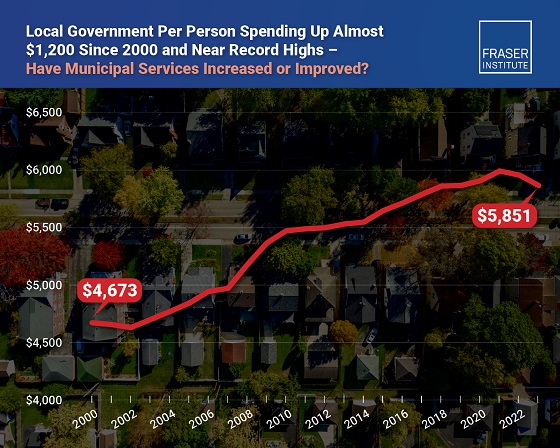
 Business2 days ago
Business2 days agoMunicipal government per-person spending in Canada hit near record levels
-

 Business1 day ago
Business1 day agoA new federal bureaucracy will not deliver the affordable housing Canadians need




